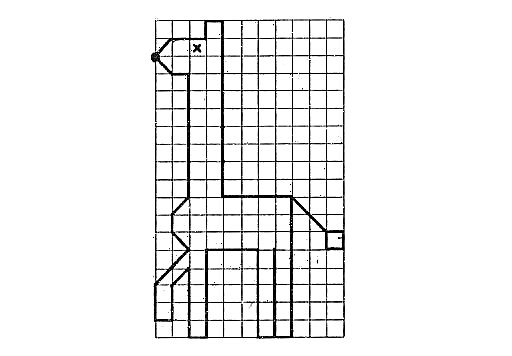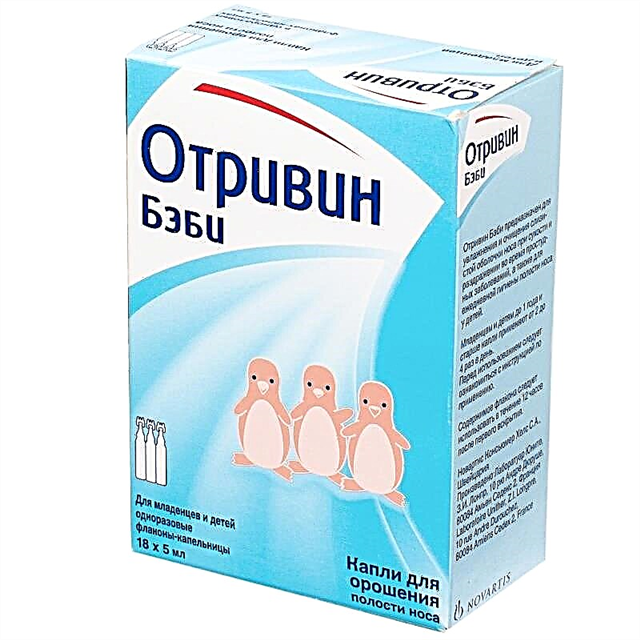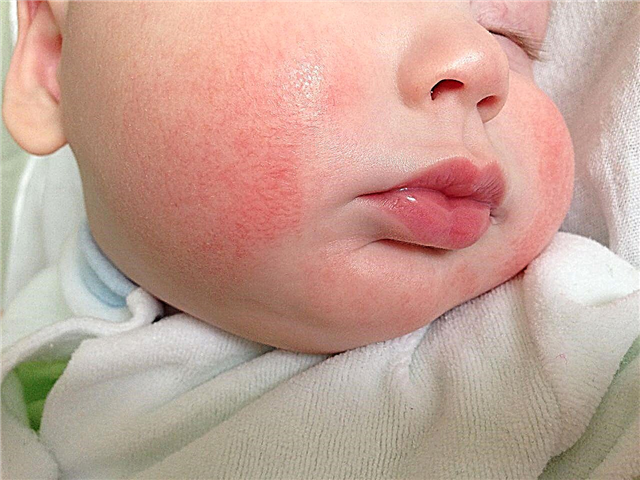
The postoperative period and recovery of a woman after a cesarean section require her strength and endurance. When the worst, it would seem, is already in the past, some unpleasant symptoms may appear, which, one way or another, are the result of surgical intervention.
In this article, we will talk about why your legs can swell after a cesarean section and what to do if this happens.

Signs
Many women report that their legs become swollen after a cesarean section in almost a few hours. Usually, leg swelling is found at the moment when a woman tries to get out of bed for the first time 8-10 hours after surgery. Until this time, she is in a horizontal position, and simply does not pay attention to the ankles.
Edema is manifested by an increase in the size of the ankle and foot, when pressing on the skin with fingers, light spots remain, which disappear after a few seconds.


Any edema is the accumulation of fluid in the tissues outside the vessels, in the intercellular space. Pregnant women know that in the last stages, small swelling of the legs can be considered a normal option. The accumulation of fluid in the intercellular space occurs under the influence of pregnancy hormones, primarily under the action of progesterone.
Women who have had a surgical delivery may notice that the postoperative swelling of the ankles and feet is worse than it was during pregnancy. Confusion arises, because there is no more pregnancy as such, why does the fluid accumulate in the wrong place?

Causes
The most common cause of postoperative leg swelling is a large uterus. After the operation, it became much easier, because the afterbirth, the fetus was removed, there is no weight of amniotic fluid, but the size of the uterus decreases gradually. The process of involution of the reproductive organ is quite long, and finally the uterus takes on its normal size only 6-8 weeks after the operation.
After a caesarean section, it resembles an empty large sac and still continues to press on the lower veins and lymph nodes in the groin area. Thus, blood circulation in the lower extremities is disturbed, lymph outflow is disturbed. Such edema goes away on its own as the uterus contracts. In the most severe case, the edema disappears by 10-12 days after the operational birth of the baby.


An equally common reason that the legs swell after surgery lies in the woman's low mobility. For the first 6-8 hours, she lies almost motionless, and only then begins to try to roll over to her side, sit down, get up (after 10 hours from the moment of the operation). The longer a woman lies and is afraid to move, the stronger the swelling of the lower extremities can be.
In the supine position (and the postpartum woman is in this position), the outflow of lymph is disturbed, the blood supply to the legs is poor. Therefore, doctors advise their patients, while still in the intensive care unit, when they come out of the state of anesthesia, to start making circular movements with their feet clockwise and counterclockwise. This is an excellent prevention of leg swelling.

The cause of edema after surgical delivery may be gestosis, which the woman suffered during pregnancy. Changes occur smoothly and gradually, the kidneys cannot readjust to a new mode of operation at once, so you need to be patient and follow all medical recommendations.
Swelling can also be a complication after the operation itself. This is how thrombosis of the lower extremities sometimes manifests itself. If the legs are swollen for the first time (this did not happen during pregnancy), then there is reason to assume a postoperative complication. To prevent it, in maternity hospitals with a planned cesarean, it is recommended to bandage the legs with an elastic bandage before the operation.


The reasons may lie in varicose veins and in protein deficiency in a particular woman, if she is depleted, did not eat well while carrying a child (as an option, she adhered to a vegetarian diet).
In any case, the question of why the legs are swollen is best addressed to the attending physician during the morning or evening round. The tests that a woman takes after surgery almost every day will help establish the true cause with greater accuracy. If necessary, the woman will be prescribed treatment.


Treatment
It should be noted that not all the reasons that lead to leg edema after surgery require any special treatment. A moderate motor regimen, the use of reducing drugs, which are administered to a woman after a cesarean section for a faster involution of the uterus, help to quickly remove the swelling of the lower extremities.
Physiological edema of pregnant women, which persists even after surgical delivery, go away on their own as the concentration of progesterone in the body decreases. When labor begins naturally, the drop in levels of this hormone invariably occurs several days before labor begins. If the woman had a planned cesarean section, the progesterone will decrease slowly.

Breastfeeding is beneficial. And all the participants in the process. The baby needs breast milk, stimulation of the nipples of the mammary glands during sucking activates the production of oxytocin in the body of the new mother. As a result, the uterus contracts more actively, and the swelling also goes away much faster.
A woman should avoid all salty, pickled, spicy and fried foods. This includes a postoperative diet (diet for a nursing mother). But even if a woman does not breastfeed, but suffers from edema of the lower extremities after surgical delivery, these products will still be considered forbidden for her.

If it is found that the edema was a complication of the operation itself or the result of other disorders in the mother's body, which are also provoked by a serious surgical intervention, then the woman will undergo an additional examination, and treatment will be prescribed in accordance with the type and type of violations.
Usually, such an examination is prescribed after the swelling has not subsided for two weeks after surgery.
To get rid of edema in these cases, diuretics help. They are prescribed simultaneously with vitamin preparations so that large quantities of useful substances are not excreted from the body with urine. Vitamins and minerals are very necessary for a woman in labor for full breastfeeding, and for her own accelerated recovery.
Medicines will be prescribed that eliminate the underlying cause of the disease. Such treatment is prescribed by a doctor of narrow specialization. If the reason is in disorders of the cardiovascular system, then you will have to be treated under the supervision of a cardiologist, if the case is in varicose veins, a phlebologist will help, and in case of kidney diseases - a nephrologist.

To get rid of edema, numerous ointments are used that contain heparin. With the expansion of the lower veins, venotonic drugs are prescribed - both locally (ointments, gels) and systemically (tablets, capsules).
Often, after surgery, women have thicker blood, an increase in the number of platelets. This is due to the inevitable blood loss during a cesarean section. If the patient is prone to hemostasis disorders, then she will need treatment with drugs to thin the blood, as well as a special diet and plenty of drinking.

Recommendations after discharge home
Edema is not a reason for extending the hospitalization period, with them, after a cesarean, a woman and a child are discharged home on the fifth day, if there are no other complications. The first days at home a woman just needs to watch. If the swelling does not subside in two weeks, you should contact the physician at your place of residence, take the prescribed tests to establish the true cause. While waiting for relief, the new mom will be helped by the following practical recommendations.
- Lie down to rest up to five times a day with your legs raised at a 25-degree angle. Use a pillow, a roller, and a roll of blanket under your feet. Lie for 15-20 minutes.
- If you walk on tiptoes, the swelling will subside faster. Alternate walking with walking on your toes, just don't strain your abs. Use rolling from heels to toes.
- Wear special compression garments (stockings). If such underwear is expensive for the family budget, bandage your feet, ankles and knees with an elastic bandage, but not too tight, so as not to disrupt blood circulation in the extremities.
- Drink at least one and a half to two liters of liquid per day. Eliminate carbonated drinks, alcohol. It is best to drink clean water without gas at room temperature (useful for lactation and for relieving puffiness of the lower extremities).
- Massage your ankles and feet at least twice a day.
- Do not sit in a position in which one leg is folded over the other.


Contrast foot baths help to quickly get rid of edema, in which the woman alternately lowers her feet into warm and cold water. For the baths, you can use sea salt, a decoction of chamomile and calendula.
If a newly-made mother is breastfeeding a child, any treatment with medicines or folk remedies should be agreed with the pediatrician. Consideration should be given to the ability of many pharmacological drugs to penetrate into breast milk, as well as similar properties of plants and alternative medicine.
If there is a need to take a medication that is not compatible with breastfeeding, you should take a temporary break, transfer the baby to formula, and express breast milk and immediately dispose of it. Otherwise, its production will decline.

You can find out even more about the causes of edema and how to get rid of them in the following video.



